According to Statistic Brain, 58% of women prefer shaving as a hair removal method and 75% of men shave their face daily. This means that millions of people have to deal with shaving-related problems like irritation and razor burn on a daily basis.
Bhaskar Health has decided to help you get smooth and silky skin as a part of your shaving routine. Here's our list of useful tips on how to get rid of irritation and rash after you've used your razor.
10. Cornstarch or baby powder
Did you know that pure cornstarch is used in some cosmetic products including baby powder? It's believed to be a great soothing component when treating diaper-caused irritation and skin rash. Applying cornstarch brings instant relief to itchy skin.
Directions: You can actually use one of the over-the-counter baby powders, but if you don't have that, try mixing some cornstarch with water to make a paste and apply it to the affected areas for 10 minutes. Wash off with water. If you decide to try this method, make sure you don't have any skin infections.
9. Honey
For centuries, honey has been widely used to cure wounds and skin disorders. Its scientifically recognized anti-inflammatory and anti-microbial effect can work magic on the irritated area, and you'll end up with smooth and well-hydrated skin.
Directions: Apply raw (organic) honey to the affected area and leave on for 10-15 minutes. Rinse with warm water.
8. Oils (olive oil, tea tree oil, vitamin E oil)
Natural essential oils are known for their soothing and anti-inflammatory properties. So, olive oil is a great remedy to repair the natural skin-barrier function. Tea tree oil has an antibacterial effect on your irritated skin. Vitamin E oil is famous for its antioxidant properties, which makes it one of the most popular treatments for different kinds of skin problems.
Directions: Choose a type of oil you like (scent, consistency, etc.) and apply to razor burns twice a day using cotton pads. Note that natural plant oils (olive oil, for example) can be used directly on irritated skin, while essential oils (lavender oil, tea tree oil) need to be mixed with water: 4-5 drops of essential oil + 2 tbsp water.
7. Cool compress
Applying cool compresses is among those simple yet very effective methods to address the irritation problem. A study from the University of Rochester proves that cold therapy lowers skin temperature and reduces the nerve activity. So, a cold compress is your #1 choice for instant relief from redness and itching.
Directions: You can wrap some ice cubes and apply them over the affected area for a couple of minutes. If you forgot to refill your ice-cube trays, just go with a wet towel.
6. Petroleum jelly
Regardless of the area, shaving in general makes your skin dry and itchy. If you often use a razor, try to restore the important natural moisture balance of your skin immediately after the procedure. One of the easiest ways to do this is to apply a moisturizer like petroleum jelly.
Directions: Use some Vaseline on the affected area and let it stay for at least 10-15 minutes. Take it off using a wet towel.
5. Aspirin
Apart from the medical sphere, people have discovered a great deal of home/DIY uses for aspirin, including an after-shave trick to deal with rash and irritation. When applied to the affected area, aspirin works as an anti-inflammatory agent making that after-shave burning sensation less painful and irritating.
Directions: Dissolve 2-3 aspirin tablets in water to make a paste. Apply to the irritated skin area and let it stay on for about 10 minutes. Wash off with warm water. Avoid topical use if you have sensitive skin.
4. Apple cider vinegar
Apple cider vinegar acts as an antimicrobial agent which kills off germs and bacteria and helps to reduce inflammation. Its acidic content also lowers the pH level of your skin making it smoother and less red.
Directions: Dilute equal parts apple cider vinegar and water before applying to the affected area. Apply using a cotton ball, let it dry for a couple of minutes, and wash it off. Keep in mind that the acetic acid may cause irritation, so if your skin is prone to allergies, consider a patch test before trying this tip.
3. Oatmeal
Oats are rich in avenanthramides, phenolic compounds known for their anti-inflammatory properties. Studies have shown that oats also exhibit antiproliferative and anti-itching properties that may help you deal with skin irritation.
Directions: Use some ground oatmeal and plain yogurt to achieve a paste-like mixture and apply to the irritated skin area. Leave on for 30 minutes and then wash off with warm water.
2. Aloe Vera
One of the most popular and trusted home remedies to cure different types of skin conditions has a number of benefits. It's a great moisturizer and an anti-bacterial agent that provides soothing relief to irritated and damaged skin.
Directions: Extract the gel-like substance from the leaf and gently rub it on the skin. Let it dry and wash off with warm water.
1. Cucumber
Apart from being packed with vitamins and minerals, cucumbers are almost entirely water, which makes them one of the best natural moisturizers for damaged and irritated skin. Studies suggest that they also have an anti-inflammatory effect if applied directly onto the affected area.
Directions: Apply a freshly sliced cucumber to the skin and leave for about 15 minutes. To reduce rash and burning sensation faster, use a cold cucumber from the fridge.
Bonus
Dealing with irritation after shaving is one of the most common problems for both women and men. Face, legs, pubic area... We have all come across the problem of an ingrown hair or razor burn at least once. And since it's impossible for some people to stick with any other method of getting rid of unwanted hair besides razor shaving, we thought it would be a good idea to make a list of simple yet useful tips on how to avoid irritation in the first place.
Remember these simple rules:
- Pay attention to the blades. Their sharpness is a key factor to obtaining smooth, hairless skin.
- Never dry shave. Take a warm shower to prepare your skin and soften the hair.
- Always use a lubricant, either shaving cream, or shaving gel.
- Never shave upward. Go in the same direction with your hair growth.
- Apply moisturizing cream or lotion after you're done with the procedure.
Have you tried any of these tricks to reduce itching and irritation after shaving? Which trick would you try on your own skin? Share your thoughts in the comments.


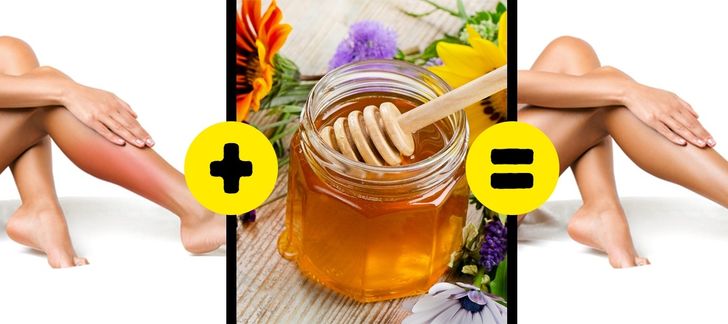
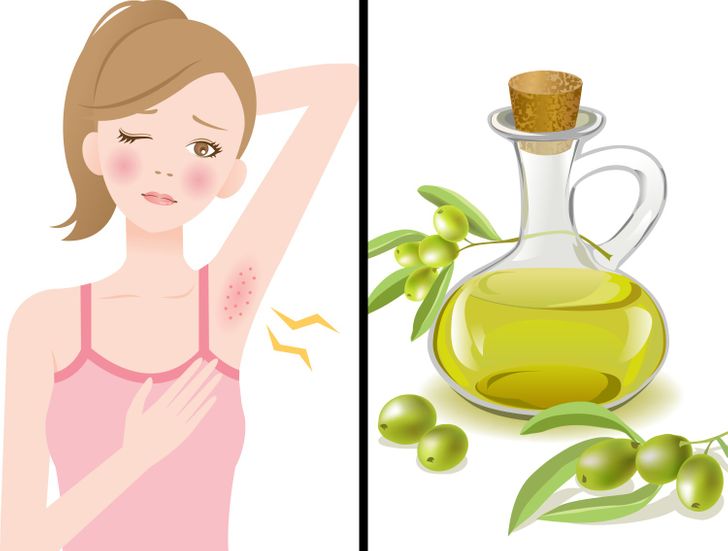
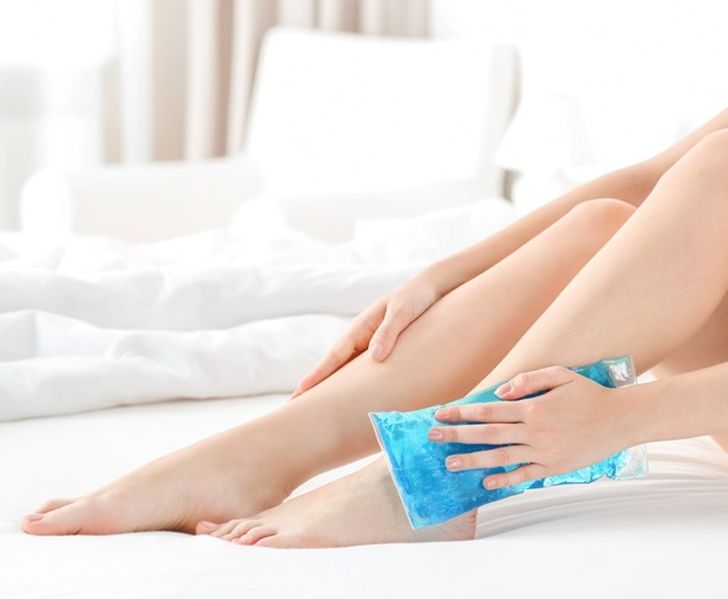
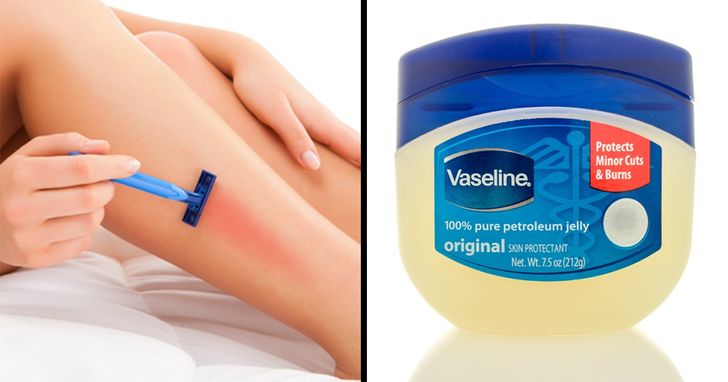
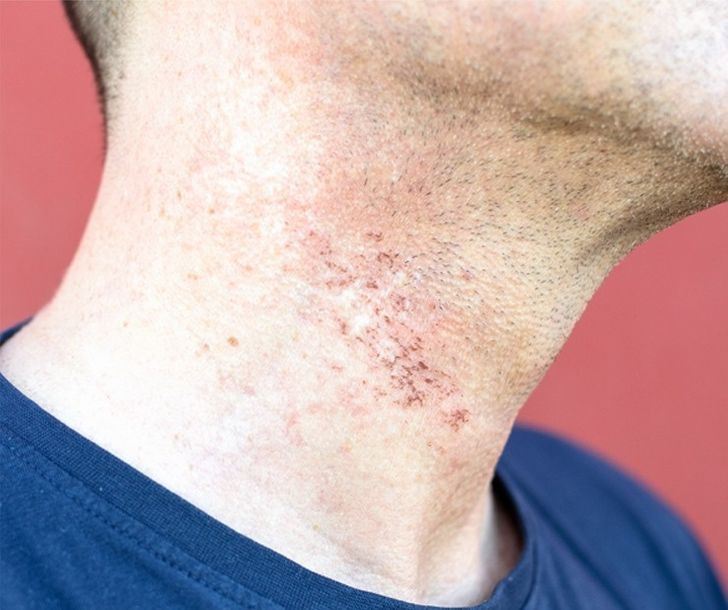
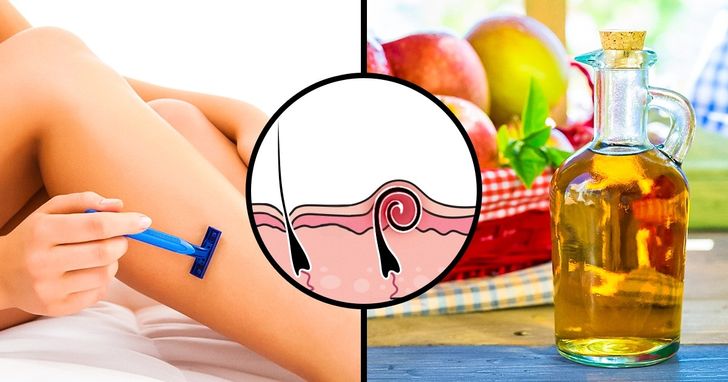
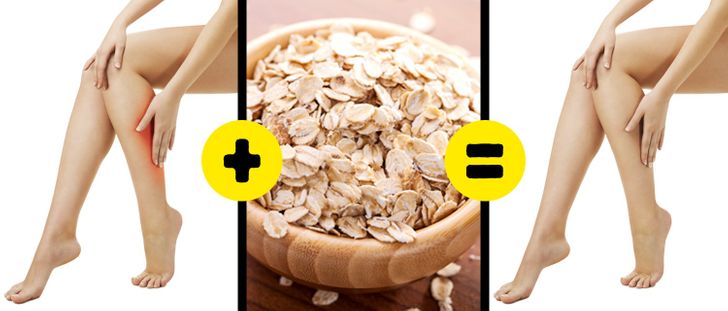
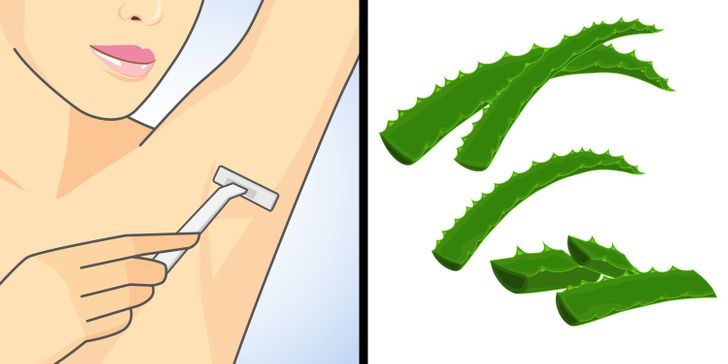
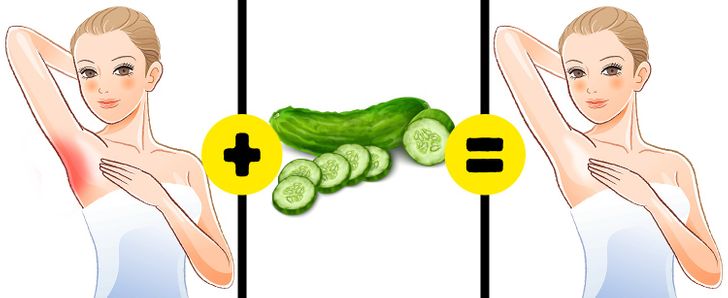
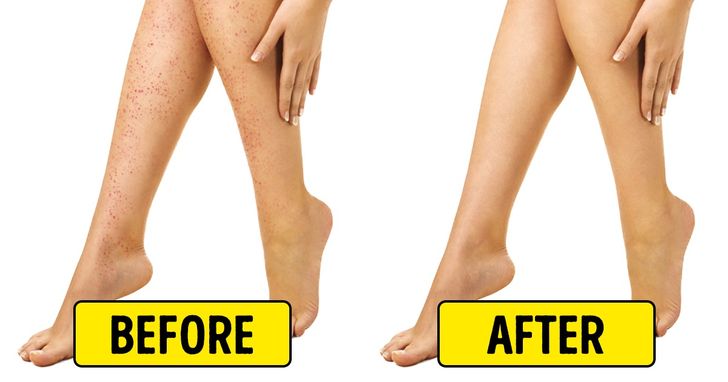
0Comments